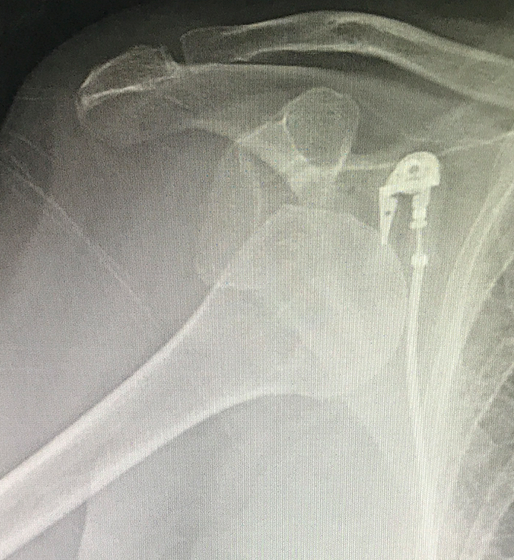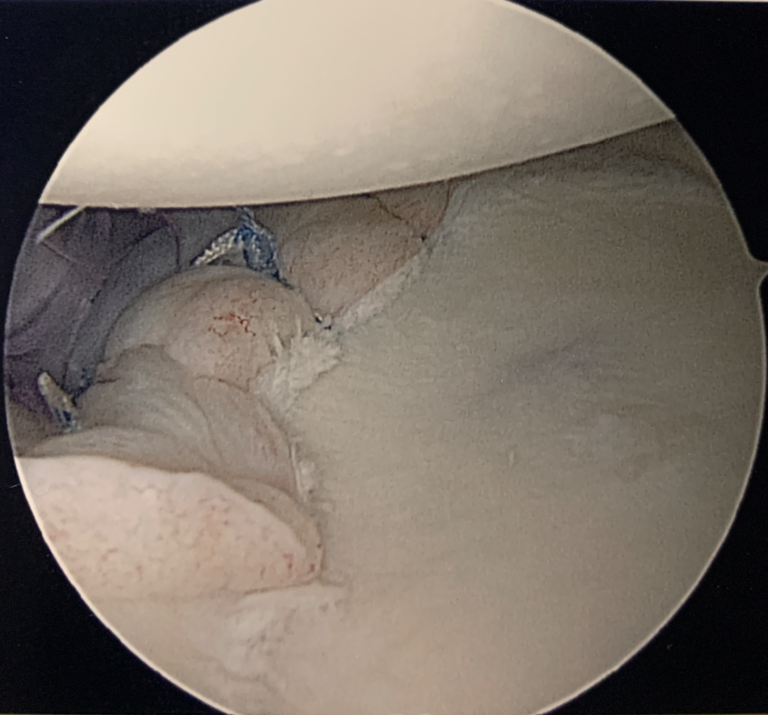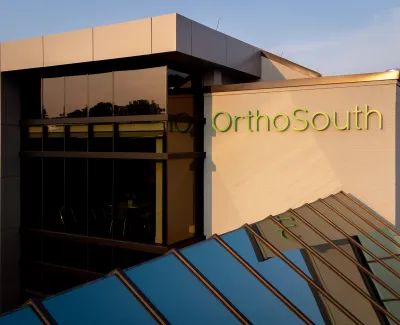
Shoulder Instability
Shoulder Instability
also known as Shoulder Dislocation or Separation

Introduction
Shoulder instability is recurrent separation of the ball-and-socket joint in your shoulder. A partial separation is called a subluxation. Complete separation is called a dislocation. Often times, patients experience a traumatic injury to the shoulder that may lead to recurrent instability. However, instability can also occur due to repetitive stretching of the shoulder ligaments. The most common direction of shoulder instability is towards the front of your body (anterior).
Symptoms/Signs
The primary symptoms of shoulder instability are pain and the sensation of the shoulder slipping out of the joint. The instability is typically associated with certain shoulder positions. Weakness and limited range of motion may occur during instability episodes. Some patients experience numbness and tingling as well. Symptoms can affect athletic participation and even normal activities of daily living depending on the severity.
Evaluation
Your orthopaedic surgeon will review the history of your shoulder instability and perform a physical exam. X-rays are used to evaluate the bones of the shoulder and diagnose subluxations, dislocations, fractures, and arthritis if present. Magnetic resonance imaging (MRI) and computed tomography are useful adjunct studies that can aid your doctor in diagnosis and treatment.
Treatment

Non-Operative Treatment
The first line of treatment for shoulder instability is non-operative care. This may include activity modification, non-steroidal anti-inflammatory medications, and physical therapy. If your shoulder is dislocated, your orthopedic doctor will attempt to realign the shoulder into the correct position. Most patients require sedation to help relax their muscles prior to performing the procedure. After the shoulder joint is back in place, a period of sling immobilization is necessary to allow the ligaments to heal.
Surgical Treatment
Your orthopedic surgeon will determine if surgery is indicated and discuss the risks and benefits with you. Surgery is typically performed in an ambulatory surgery center as an outpatient procedure. The injured structures are repaired and your shoulder is immobilized in a sling for several weeks to allow it to heal. After surgery, physical therapy is commonly utilized to help patients regain their range of motion and strength. Most patients have excellent outcomes after surgical repair.
Related Webinars

Common Pickleball Injuries and How We Treat Them
with Dr. Tyler Cannon

